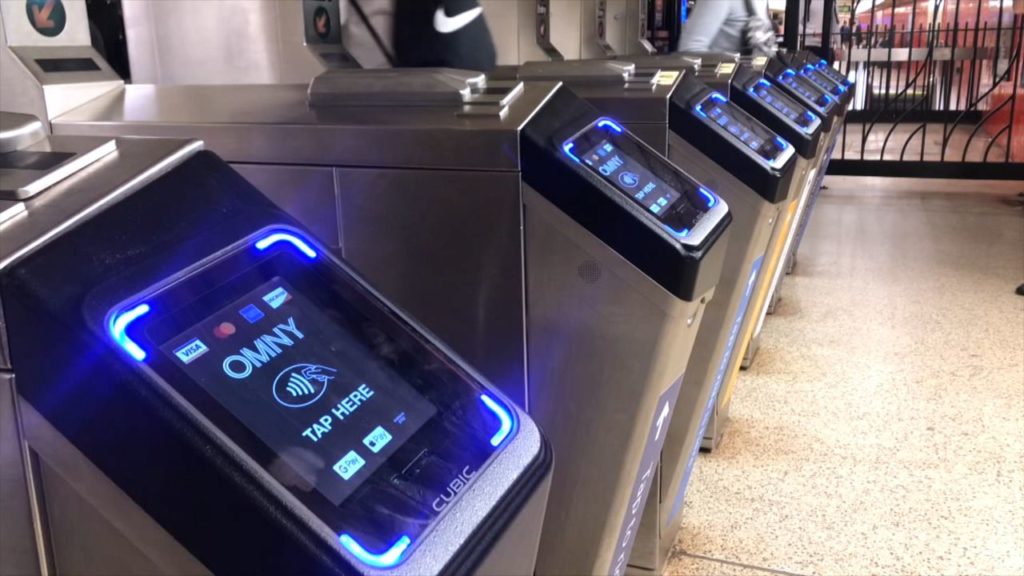
You can’t talk about the eligibility of your device with GSM (Global System for Mobile communication) without mentioning an alternative communication standard called CDMA (Code Division Multiple Access). Most of today’s mobile users do not really ponder about the preferences in mobile communication standards. Moreover, many do not even have an idea of what it is and what the choice of one or another may affect. In this article, we’ll try figuring out what the difference is, what advantages GSM can give a user, and what advantages CDMA has.
A Bit of History
Since its inception, mobile communication has gone through the evolution of its quality and scale. The earliest communication standards, related to the 1G generation, were the wireless counterparts of conventional telephony. They had many cons: high power of transmitters which could negatively affect your health, low capacity of base stations, poor noise immunity, etc. Omitting the intermediate stages of their development, they were quickly replaced by second-generation 2G networks, which, in their turn, were better in many aspects, but still far from ideal. GSM became the first digital standard. It began to be implemented in 1991, gradually becoming the most widespread in the whole world. An alternative standard, CDMA technology, began its journey in 1995. It is most widespread in the USA and Russia. However, it is also used in some Asian and African countries, often in conjunction with competing GSM operators.
GSM and CDMA. How does it Work and What’s the Difference?
GSM and CDMA work under two different communications, but at the same time, in similar ways as well to achieve the same goal. The fact that each one has hugely popular networks built on top of it just proves that the quality of the network is important, not the standard. For example, in the United States, two of the four major carriers (Verizon and Sprint) use CDMA, while the other two (AT&T and T-Mobile) use GSM.
The GSM standard uses the time and frequency division of the channels. A small frequency band is allocated for each subscriber, on which the phone communicates with the base station. In this case, the “sessions” of data exchange are fixed in terms of the amount of time. If you try to explain it in simple words, the signal is interrupted, but due to the high frequency of data transmission, the subscriber does not notice this. In real life, interruptions are noticeable only by the characteristic squeaking sound of the speakers, when there is a phone nearby, which is being called or a message is received.
In turn, the CDMA standard uses code division signals. Each subscriber connected to the base station uses the entire available frequency resource common to all subscribers, and the base station communicates with everyone at the same time. The signal from a specific user is allocated using code modulation – each subscriber corresponds to a specific “code”, which allows him to be distinguished from the general radio air.
Is my phone compatible? How do I know this?
Many phones are only compatible with GSM or only CDMA, but not both. For CDMA phones, you will need to buy a phone designed for your specific carrier. The easiest way to do this is to buy directly from your carrier.
If you have a ready-made model of the device and you are just planning to choose an operator and want to find out its characteristics, then you can always find it out by googling or calling the appropriate authority, as well as by using the internal info settings of your phone directly. Each brand of the mobile phone has its own specific settings, so you may also need to google the information about the location of this data.
So, Which One is Better to Choose?
So what is the best communication standard? What to choose? These are the first questions that are asked by many potential mobile users who are aware of the existence of different standards. Of course, it makes sense, but in this case, there is no simple answer to this question.
The key difference between these standards is the way of working with the frequency resource. Overall, CDMA has some minor advantages over GSM. They consist mainly in the better quality of speech transmission (a large frequency band is resistant to interference), security (from the outside, the intercepted CDMA signal looks like noise, it is difficult to separate a separate subscriber from it), as well as the lower power consumption of the communication device.
Technically, if we think globally, then neither one nor the other is the best in terms of quality. However, there is one more additional nuance. GSM phones can be unlocked and moved between carriers, while CDMA phones are often tied to a single carrier and cannot be transferred.
Plus, most phones only come in GSM or CDMA models (although most of the most recent models support both), so your choice of a phone can determine which standard you end up using. On the other hand, it all depends on which operators are available to you in your area. Some areas may be better covered by GSM providers, while CDMA providers will have better coverage in other areas. It is also worth noting that the GSM standard supports SIM cards. They can be easily swapped out and rearranged into a new phone. CDMA does not provide for their use, everything is stored on the phone. It’s your decision whether it’s a plus or minus.
HOWEVER, THERE IS A THING…
Heralding CDMA’s Era Ending. What are the reasons?
Although the CDMA standard was good and popular for a long time, still, any technology sooner or later becomes obsolete. The CDMA standard has come to a natural end of its life cycle since it is outdated for a long time and loses in almost all parameters to modern 3G and 4G technologies. For instance, less than 1% of the company’s customers still use 3G services, according to a Verizon VP.
Thus, American telecommunications providers have been informing their subscribers for several years about the disconnection of 3G networks. For example, Verizon has approved a final shutdown date for its 3G CDMA network. This event, which was previously postponed several times, according to the statement, should occur on December 31, 2022. At the beginning of 2018, the operator stopped activating new 3G CDMA devices in its network, preparing to abandon this technology. It was originally planned to end its support at the end of 2019. However, later it was decided to postpone the closure – first to the end of 2020, and then to the end of 2022.
Also, AT&T presented a plan to phase out the use of 3G technology in its network by February 2022, and already in January of this year, in preparation for the implementation of this plan, this operator stopped activating devices that do not support HD Voice services.
All in all, it seems that GSM is now the route to go with the closure of CDMA.
Frequencies in the USA
AT&T (GSM). 3G – 850, 1900 MHz, 4G (LTE) – Bands 2, 4, 12/17, 30.
Verizon (CDMA). 3G – 850, 1900 MHz, 4G (LTE) – Bands 2, 4, 13.
T-Mobile (GSM). 3G – 1900, 1700/2100 MHz, 4G (LTE) – Bands 2, 4/66, 12.
Sprint (CDMA). 3G – 800, 1900 MHz, 4G (LTE) – Bands 25, 26, 41.

